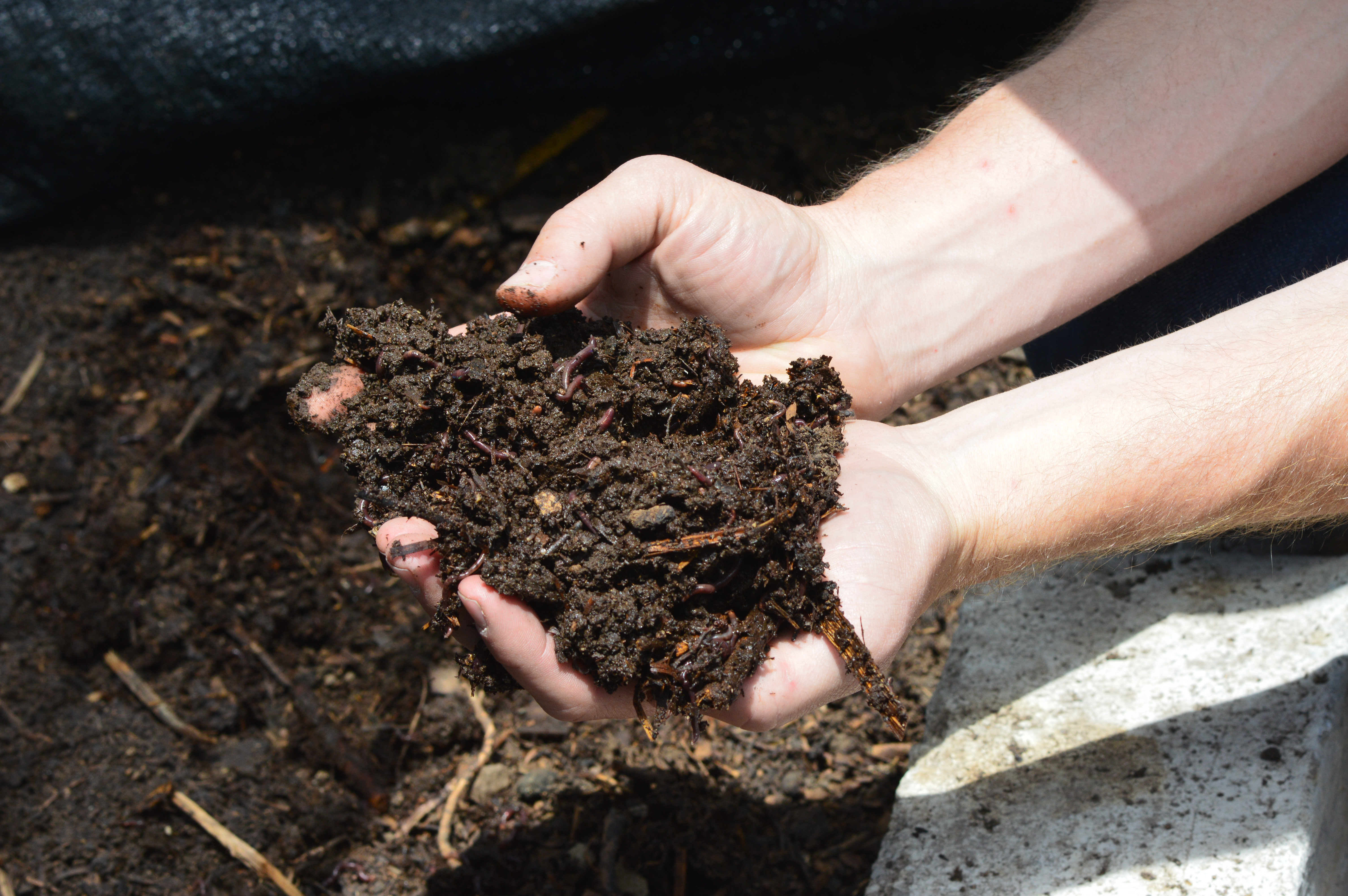Regenerative Agriculture Could save Soil, Water, and the Climate. Here’s How the U.S. Government Actively Discourages It.
Last year, a few days before Christmas, Gail Fuller drove me out to the middle of a wind-whipped field just north of Emporia, Kansas. “This is really where it started for me,” he said as he climbed out of the truck, spade in hand. With a thunk, he drove the spade into the ground and pulled out a hunk of earth, holding it up so I could see the texture, which he described as like “chocolate cake” and “black cottage cheese.”
Pointing to a wriggling earthworm, a sign of good soil health, Fuller explained that conventional, tilled fields would be too cold for earthworms to be that close to the surface. Tilling rips up and compacts soil, compressing the air pockets that would otherwise insulate earthworms from temperature extremes. But because Fuller never tills and maintains a continuous living root system, which provides additional insulation, his field has earthworms year-round.
KEEP READING ON NEW FOOD ECONOMY

